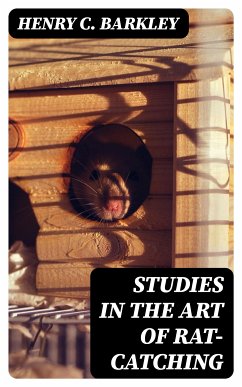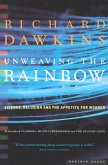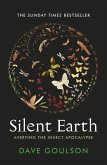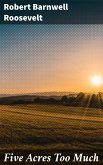In "Studies in the Art of Rat-catching," Henry C. Barkley delves into the intricate world of pest control through an insightful amalgamation of anecdotal evidence, practical tips, and broader ecological considerations. The book adopts a narrative style that balances meticulous observation with a touch of humor, reflecting the author's deep appreciation for the theme of humans coexisting with nature. Set against the backdrop of early 20th-century concerns regarding urban sanitary conditions, the text serves as both a guide and a social commentary, addressing the intersection of human activity and rodent behavior as emblematic of larger environmental issues. Henry C. Barkley, a keen observer of his surroundings and an advocate for the practical application of naturalist principles, drew from his extensive experience in urban gardening and pest management. His personal encounters with infesting rodents not only shaped his understanding of ecological balance but also fueled his desire to educate the public on ethical and sustainable approaches to handling pest problems. Barkley's profound curiosity about the natural world and his commitment to community well-being are evident throughout the narrative. This book is highly recommended for anyone interested in natural history, urban ecology, or the often-overlooked nuances of human-animal interactions. Barkley's blend of scholarship and wit captivates and informs, making "Studies in the Art of Rat-catching" an essential read for pest control professionals and enthusiasts alike.
Dieser Download kann aus rechtlichen Gründen nur mit Rechnungsadresse in A, B, BG, CY, CZ, D, DK, EW, E, FIN, F, GR, H, IRL, I, LT, L, LR, M, NL, PL, P, R, S, SLO, SK ausgeliefert werden.
Hinweis: Dieser Artikel kann nur an eine deutsche Lieferadresse ausgeliefert werden.









